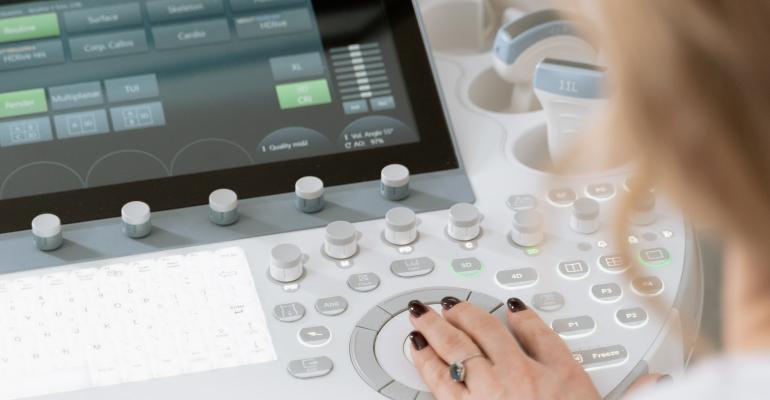The rapid spread of COVID-19 and escalation of complications caused by the infection has had devastating affects worldwide. According to a journal published by the International Anesthesia Research Society in 2020, its grip over low- and middle-income countries has regions suffering dire consequences with shortages of medical support and equipment. Many developing countries struggle with obtaining advanced medical equipment which has been manufactured with the aim of treating patients in the current landscape of the pandemic. Obtaining used medical equipment at a significant price reduction for the purpose of remanufacturing is a solution adapted to combat the shortage of functional medical equipment.
The Journal of Remanufacturing states that majority of the world’s population reside in developing countries, where a high mortality rate exists. This is a result of the lack of necessary technologies required by healthcare professionals to prevent the spread of diseases by monitoring and diagnosing ailments, driving a growing requirement for low-lost medical services and equipment. As healthcare industries cope with providing a wide variety of affordable treatment to patients without compromising on quality, used medical equipment is being selected for remanufacturing and refurbishing purposes.
Role of Refurbished Medical Equipment
Fully refurbished medical equipment is the product of used equipment which is effectively restored and then placed on the market for sale or hire by a different user. Crucial components which are defining factors for sourcing used medical equipment include ease of disinfection and/or sterilisation, inspection and testing, disassembly and handling, cleaning, and adaptability to be upgraded to the latest or appropriate advancements in technology and recoverability of components.
These are some of the outlining factors for used medical equipment to be considered for remanufacturing and refurbishing. In addition, product design is also pivotal and remanufacturers must ensure that failure diagnoses, quality testing, recovery of parts that can be safely retrieved and overall testing of the final product is conducted to warrant full restoration.
A forecast on the refurbished medical equipment market by research firm MarketsandMarkets states the global refurbished medical equipment market is projected to reach USD 21.2 billion by 2025 from USD 12.1 billion in 2020, growing at a CAGR of 11.8% from 2020 to 2025; with Polaris market research stating that the medical imagining equipment market will witness prominent growth in the next half decade due to demand for low cost low cost medical imaging equipment by small and mid-level hospitals, diagnostic centres and private medical institutions as there is a lack of enough financial resources. However, this growth is projected to be stagnated due to COVID-19.
The Asia Pacific market is estimated to peak based on huge patient population base, increasing privatization in the healthcare sector, large patient pool in the region and high demand for refurbished medical equipment by low-budget hospitals and clinics. Reported in 2019, key industry players included names such as AGITO Medical, Block Imaging, Everx Pty Ltd, GE Healthcare, Integrity Medical Systems, Radiology Oncology Systems, Radmedical, Siemens Healthineers AG, Soma Technology Inc and Koninklijke Philips N.V. (Netherlands).

